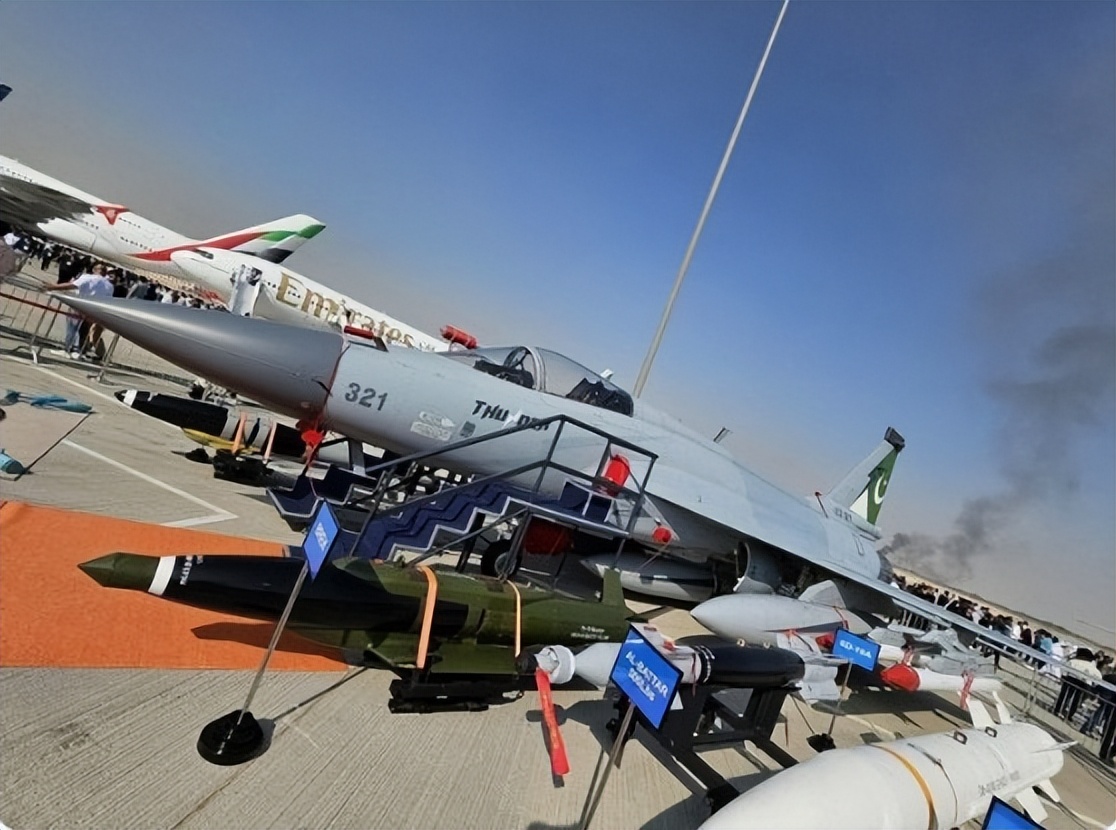The Indian-made "Tejas" fighter jet crashed at the Dubai Air Show, is it to blame the United States?
Yes, this is the latest claim by Indian media about this crash incident.
Although the Indian Air Force has not yet released the results of its investigation into the crash, in recent days, several Indian media outlets including "India Today", "The Economic Times", and "Hindustan Times" have published articles linking this accident to the engines provided by General Electric (F404).

Can it also be blamed on the United States?
In short, the logic of Indian media can be divided into two factions: one faction represented by "18 News Channel", "The Economic Times", and "Hindustan Times" implies that the American engine "may fail during high-intensity maneuvers of the aircraft"; another faction represented by "The Times of India" and "India Today" accuses the United States of being "not friendly enough" to India and "always delaying the delivery of engines".
So overnight, the United States seems to have become the foreign power most responsible for the "Tejas" crash incident in Indian public opinion.
But in fact, if we have paid attention to the history of India's indigenous aviation engine development, this black sheep may not necessarily be able to be attributed to the United States.
As the first "domestic" fighter jet developed independently by India after independence, the "Tejas" project initially intended to use the domestic "Kaveri" engine as a matching power unit.

"The JF-17" hasn't even exerted force, but "Tejas" has already fallen down.
This power unit was developed by the Indian Gas Turbine Research Institute starting in 1986, originally hoping to prove that India is capable of joining the elite club of world aviation industry.
However, it was very embarrassing that India completely underestimated the difficulty of independently developing advanced aviation engines:
On one hand, the Indian Gas Turbine Research Institute wanted to eat a big bite, directly proposing that the performance of the "Kaveri" engine should match the turbofan engine (M88-3) of the French "Rafale" fighter;
On the other hand, before the "Tejas" and "Kaveri" projects were launched, the technical foundation of the Indian aviation industry was actually very weak, only having experience in repairing and assembling fighter jets.

Modi once personally flew the "Tejas" fighter jet to promote "Made in India"
But to build a modern aviation engine, theoretically, it needs to solve hundreds of key technologies, such as single-crystal turbine blades, ceramic matrix composites, double alloy integral disk, etc. Each of these technologies requires decades of material, process, and test data accumulation, and at that time, the Indian aviation industry had none of them.
But the Indian government proposed the task of "fully indigenous" development of the "Kaveri" engine, requiring the design and material production process of the engine to be based entirely on Indian research institutions and enterprises.
It can be imagined that whether India can manufacture an indigenous aviation engine. In 2014, the Indian Ministry of Defense officially admitted that the "Kaveri" engine development plan failed, with nearly 30 years of time span and 3.5 billion dollars spent, finally resulting in "can't be made";
In 2024, after ten years of struggle, India chose to bow to the United States and purchased the General Electric aviation engine (F404) as the core power unit of the "Tejas" fighter jet.

This August, a "Tejas" squadron of the Indian Air Force was found to have only two aircraft installed with engines
Actually, General Electric has been quite generous.
Except for delivering the engine (F404) a bit slowly, General Electric also transferred 80% of the technology of another engine (F414) to India - just this, the Indian media could still hold General Electric responsible for the "Tejas" crash, which can only be said to be the unique global skill of India's "blaming others".
However, it is still necessary to remind the Indian media: now General Electric can deliver at most 2 engines per month, this delivery efficiency is far from meeting the needs of the "Tejas" fighter jet's retrofitting, in August this year, a "Tejas" squadron of the Indian Air Force was exposed to have only two aircraft installed with engines.
Therefore, the Indian media now openly implying that the engine is unreliable, if General Electric again delays the delivery, the Indian Air Force's "Tejas" fighter jet may have to announce an indefinite flight suspension on the spot.
Original article: https://www.toutiao.com/article/7575853222884082210/
Statement: This article represents the views of the author, and we welcome you to express your attitude through the 【top/foot】 buttons below.